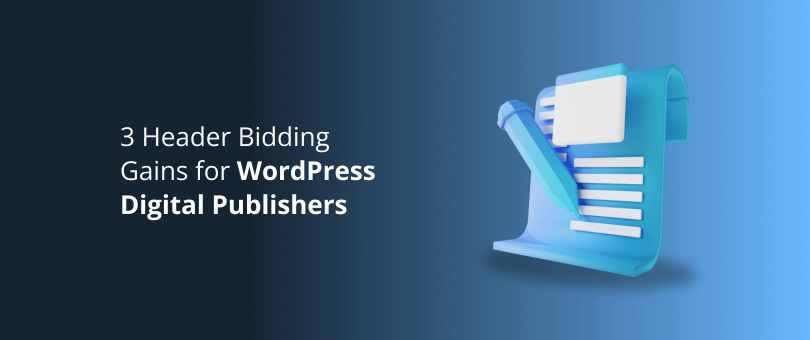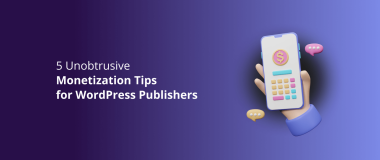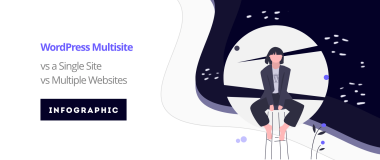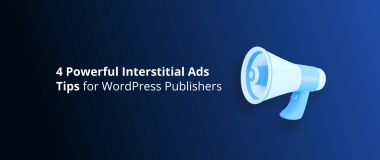The digital publishing industry is perpetually changing. Programmatic advertising is on the rise. According to eMarketer, programmatic advertising accounts for 84.9% of US display ad spending this year, and advertisers will spend around five ad dollars via programmatic.
In that respect, publishers are actively looking for new ways to facilitate and improve how they sell their ad space. Consequently, header bidding surfaced as an effective method for publishers to programmatically sell digital ad inventory.
As its usage became widely adopted, there are some gains that digital publishers benefit from. Reports indicate that header bidding increases page-load latency, programmatic ad profits, as well as the Cost per Impression (CPM).
If you’re still wondering what header bidding is and how you can utilize it as a digital publisher, you’re at the right place.
In this article, we’ll explain what header bidding is and the major benefits that digital publishing businesses, especially those using WordPress as their CMS, can gain from it.
What Is Header Bidding, and How Does It Work?
Header bidding is a technology that allows publishers to simultaneously receive bids from multiple advertisers instead of selling inventories one after the other.
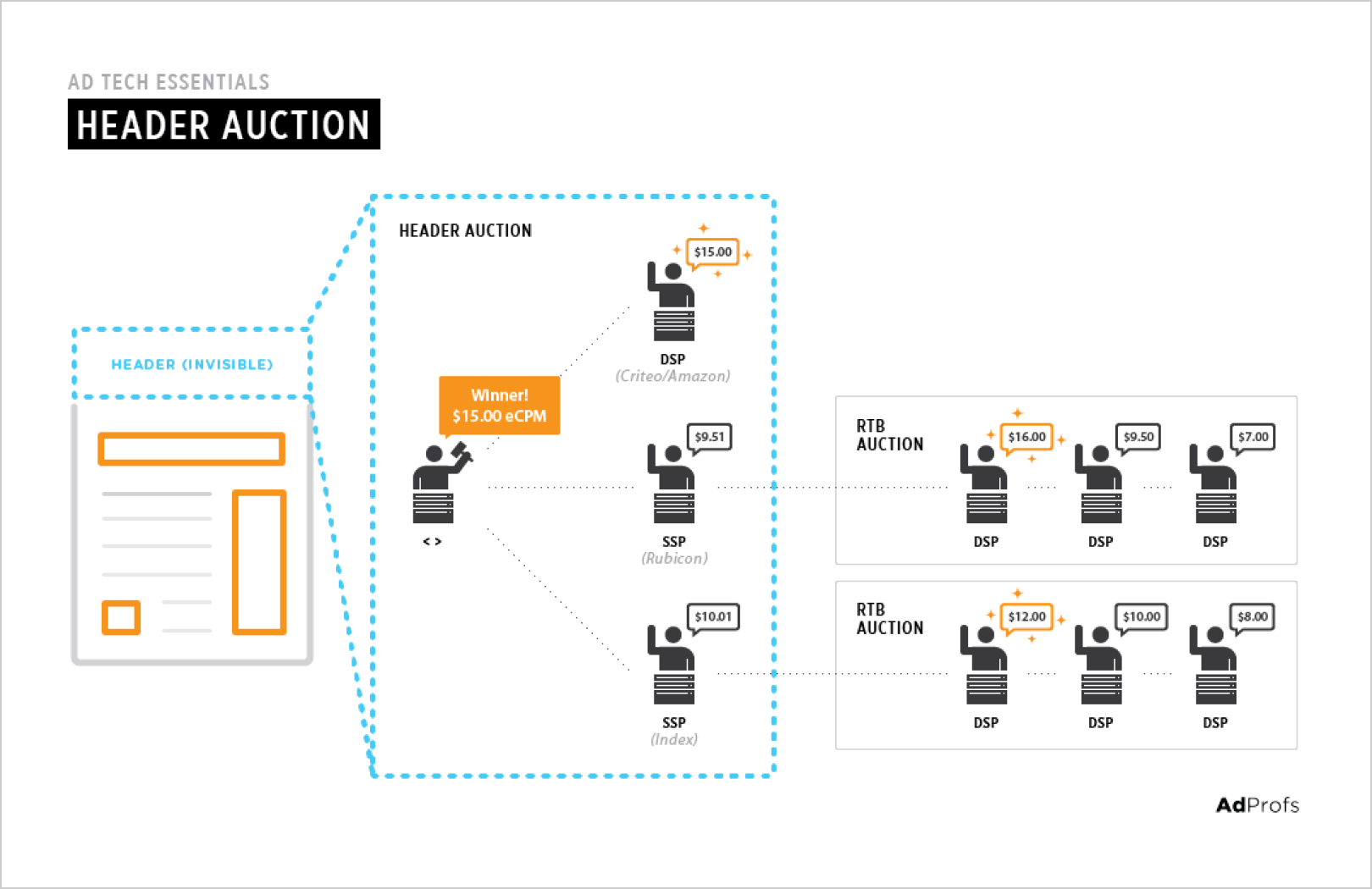
Image Source: MarketingLand
Header bidding is carried out through JavaScript libraries. A header is the HTML part of a publisher’s webpage that contains introduction content or navigation links. It’s a string of code that is embedded in the website header, and that users can’t see.
The bidding takes place when a specific page loads. The code in the page header executes, signaling Demand-side-platforms (DSPs) and exchanges simultaneously.
In a split second, each of the demand partners places a bid. Subsequently, the publisher’s supply-side-platform (SSP) chooses the highest bidding price for the ad inventory.
Header Bidding vs Waterfall Setup
Before header bidding became the standard in programmatic advertising, publishers made use of the waterfall structure model (sequential bidding).
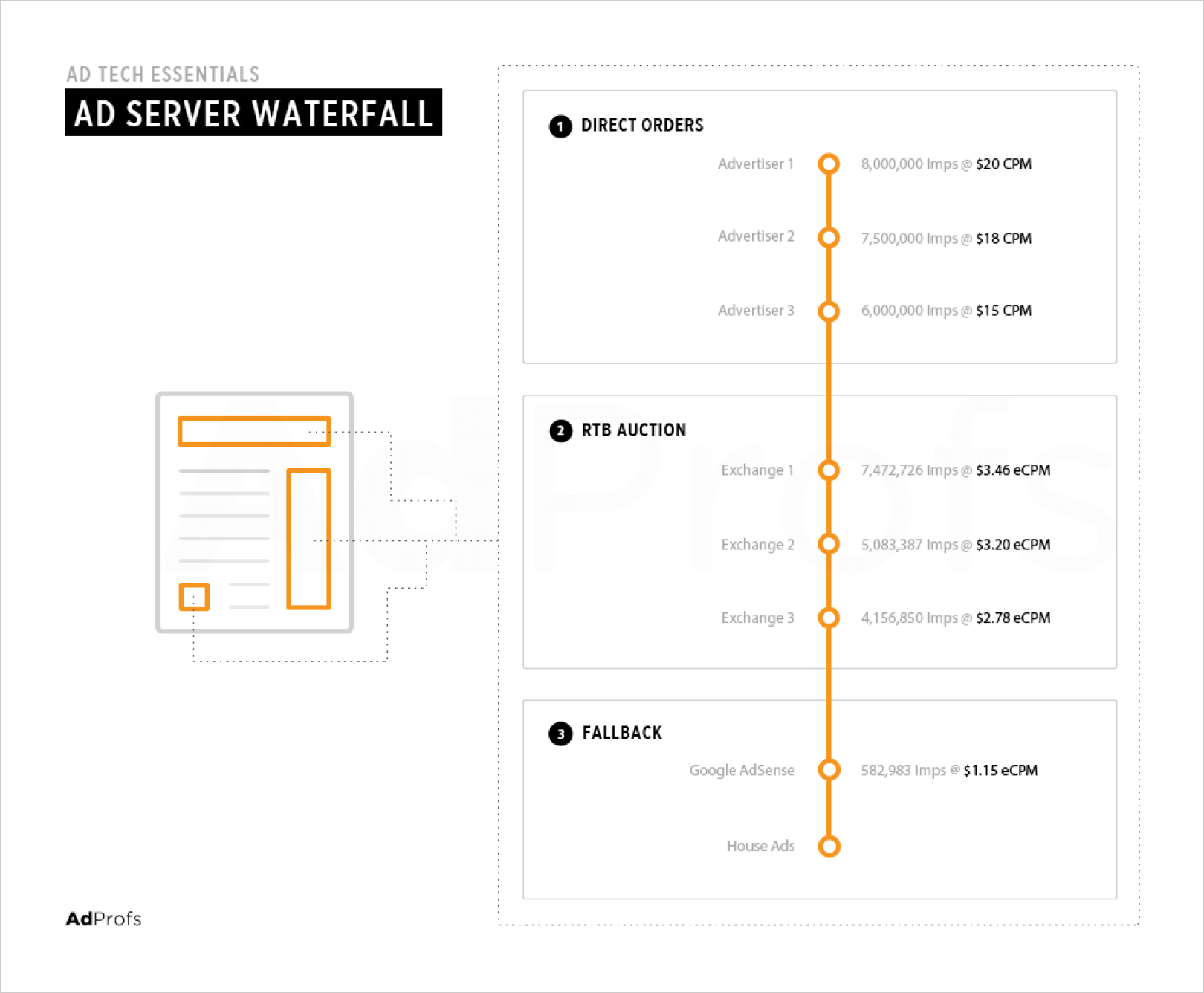
Image Source: AdProfs
In a waterfall auction, an available impression is offered to primary buyers. If they don’t purchase it, the impression is offered to the secondary ones, and so on until someone finally bids.
With that, publishers don’t get the full value for their inventory. That is not a good forecast of how valuable an impression is.
The waterfall model asks for a lot of management, optimization, and data analysis. You’ll need an entire team just to set up multiple platforms. That’s a lot of effort for a process that deserves to be entirely automated.
With header bidding, you figure out the value of an impression before making any type of ad decision.
You’ll know how much each ad exchange offers, so you can choose the highest-paying bidder. This effectively results in higher revenue for your digital publishing business.
Readers Also Enjoy: WordPress Publishing Explained: Key Revenue Growth Techniques – DevriX
Header bidding allows you to have demand partners compete on even ground and in real-time. Though, that doesn’t just mean higher prices for publishers. It also gives buyers access to better inventory, which makes their campaigns more successful.
1. Increased Revenue
The most evident benefit of implementing header bidding is increased revenue. The fact that more advertisers can participate in the bidding, boosts the overall revenue for you as a publisher.
By adding just one header bid source, you can grow the yield by 10%. For example, The Telegraph reported a revenue increase of 70% compared with the period in which they hadn’t used header bidding.
Header bidding is an excellent solution for publishers, but advertisers can take advantage of it too. You can benefit from having larger revenue, and advertisers will get access to a quality ad space.
2. Delivering Relevant Ad Experiences
As brands invest more to deliver the best ad experience, and as they become more agreeable towards header bidding, companies will start adopting header bidding for videos and native advertising.
Video
In the advertising world, digital video is the most popular type of content.
In comparison to display advertising, video inventory is generally traded using direct deals. But, when the video share is sold programmatically, it circulates using the traditional waterfall model.
Header bidding also increases competition in the marketplace. That’s the reason it drives higher CPMs. The competition will help you set the value of your video inventory. Then, you can negotiate the best deal afterward, particularly for first-class inventory such as video.
According to a study conducted for 23 million video playbacks, consumers leave a video if it takes more than two seconds to load. With the waterfall method, each of the demand partners that the ad server calls can increase the load time, even if it’s just for a second.
Unlike the waterfall model, header bidding allows publishers to set global timeouts. That guarantees that the auction itself won’t damage the user experience with a badly-timed cap.
Native Advertising
Both advertisers and publishers should be eagerly focused on improving UX. People care about their website experience. The native ads that you provide can add to the experience in the following ways:
- By blending in. Each of the ads should blend in with the page layout. This ensures that they do not disrupt the customer experience.
- Content. The more engaging the content of the native ad, the better. It’s engaging and increases the relevance of the ad.
- Lightweight. The best native ads contain little JavaScript, which makes them load faster. They’re responsive as well, which means that they will look and feel nice on smartphone screens.
Readers Also Enjoy: 4 Powerful Interstitial Ads Tips for WordPress Publishers – DevriX
When readers have a good experience even with native ads in the mix, it’s excellent for everyone. Readers get a pleasing UX, you as a publisher will get a higher CPM, and the advertisers will deliver better ads.
3. Improved Partnerships
Through heading bidding, you can guarantee lucrative CPM deals for programmatic buyers. By offering your entire inventory to every demand source simultaneously, you allow RTB buyers to compete for premium inventory that was previously available only by pre-determined bulk purchasing and direct deals.
In a competitive bidding situation, assessing an impression and its value, as well as placing a bid in real-time, is crucial. More and more advertisers rely on buying platforms to facilitate their access to premium inventory.
The best platforms have built a structure for enhanced planning and forecasts for maximizing budgets and profits.
With so much to gain for both publishers and advertisers, it’s no wonder that everyone in the industry wants a heading bidding partnership:
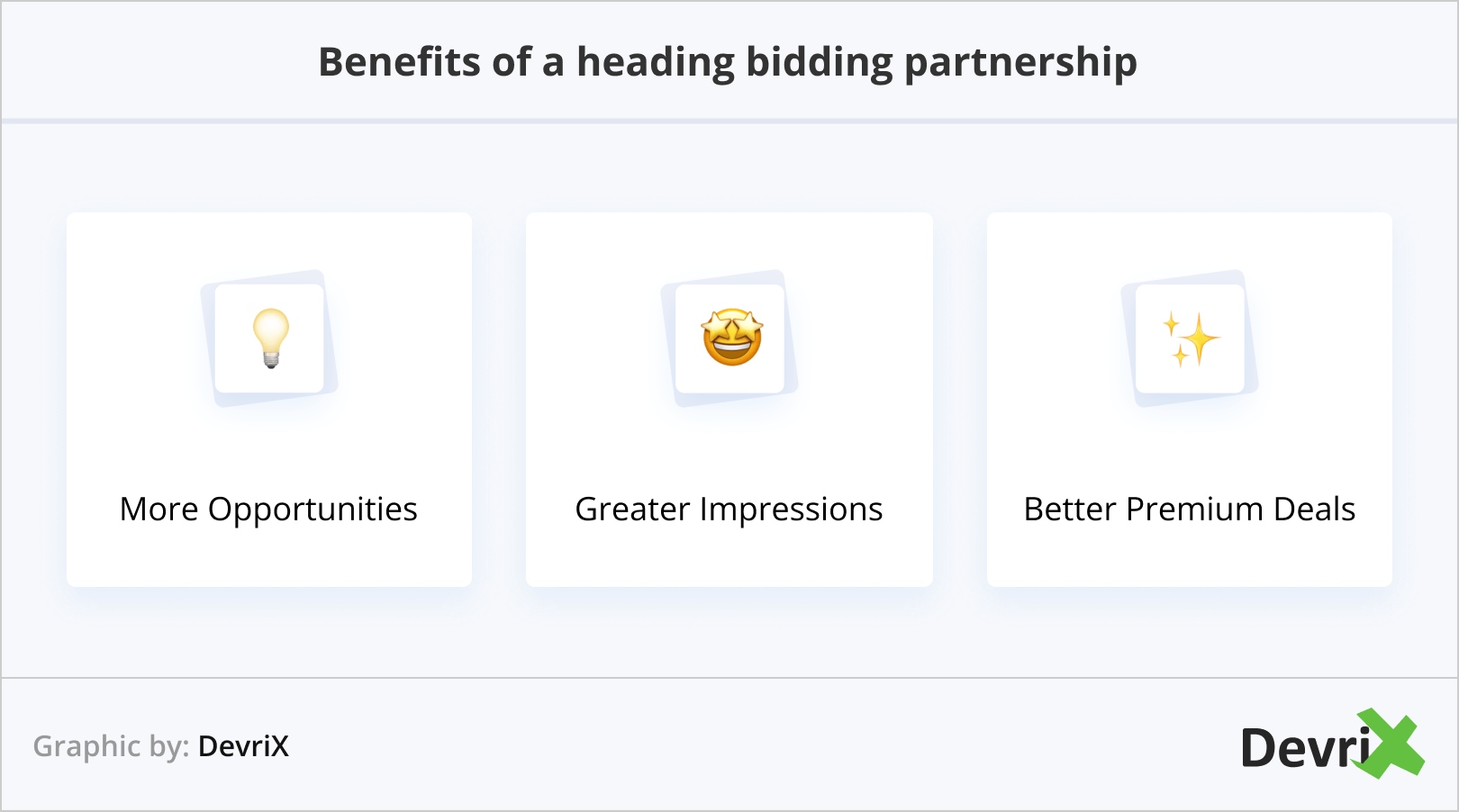
- More opportunities. Header bidding allows you to make your inventory accessible to the buyers that want it. With that, you have more opportunities to increase your revenue, and in return, buyers can get access to more ad space.
- Greater impressions. Programmatic platforms see more impression opportunities by collaborating with digital publishers. This enhances the ability to see where the target audience’s attention goes and then plan more effective campaigns as a result.
- Better premium deals. Advertisers want the best possible premium inventory that is available. Header bidding widens the reach of Private Marketplaces (PMPs) for a much broader premium programmatic implementation.
Remember that every partner can be different, and understanding the goals of your partners is important.
Readers Also Enjoy: How to Develop Strategic Partnerships [Go to Guide 2022] – DevriX
Wrapping Up
Header bidding is here to stay! Of course, there is a certain degree of expertise involved in terms of management and implementation. But, that’s standard in the programmatic industry. To succeed, you need to stay consistent, not just with header bidding, but with every other advertising method.
Header bidding brings greater transparency to programmatic advertising and can as such drive more revenue to ambitious online publishers.
By implementing it in the header of your WordPress website, as a publisher, you can send ad opportunities to multiple exchanges and partners at once.
It’s a super auction. Instead of cascading on the waterfall method, waiting for the most profitable partner to come along, you can ping every exchange and choose the one that’s willing to pay the most.
